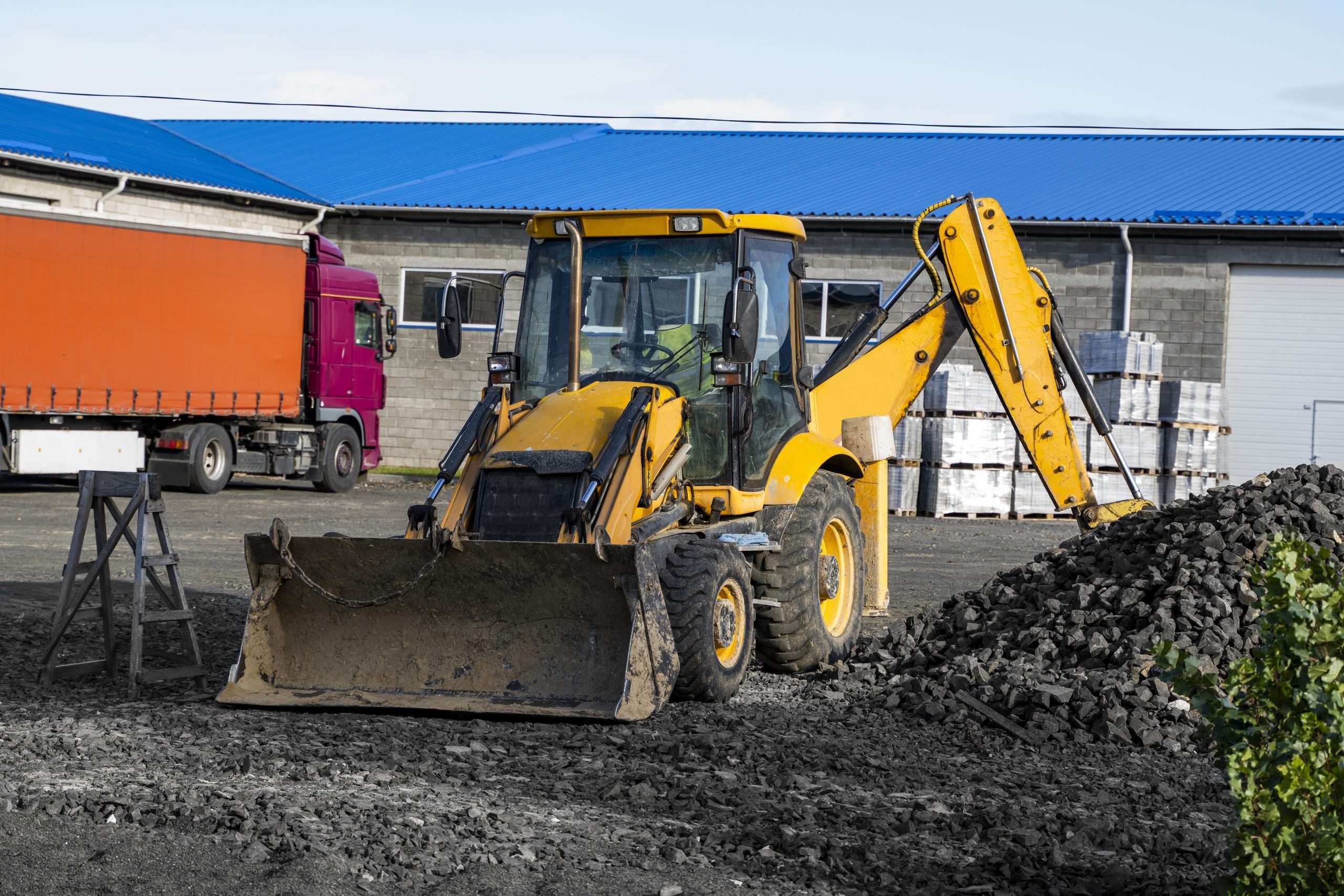ceat-speciality:blogs-tags/all,ceat-speciality:blogs-tags/technology
Which are the Top 8 Tips to Create a More Sustainable Construction Site?
Mon, 27 Nov 2023 | PRODUCTS
Construction sites play a pivotal role in shaping the built environment but often bear a significant environmental footprint. As we embrace sustainable development goals, implementing eco-friendly practices within construction sites becomes crucial. Here are eight tips to foster sustainability and reduce environmental impact on construction projects.
Opt for Green Materials
Selecting sustainable building materials significantly influences the environmental impact of a construction project. Utilize eco-friendly options like recycled steel, reclaimed wood, and low-impact concrete to decrease the carbon footprint and conserve natural resources. These options are environmentally responsible across their entire lifespan.
Efficient Tyre Waste Management
It is a crucial aspect of creating a sustainable construction site. It involves implementing strategic practices to handle and dispose of used tyres responsibly, minimizing environmental impact and contributing to the overall sustainability goals of the construction project. Opt for construction tyres that are designed with sustainability in mind. CEAT Specialty offers a range of construction tyres crafted with eco-friendly materials and innovative technologies, ensuring durability and reduced environmental impact throughout their lifecycle.
Energy-Efficient Practices
Incorporate energy-efficient designs and technologies to reduce energy consumption during construction. Embrace renewable energy sources and eco-friendly systems, such as LED lighting, energy-efficient HVAC, and solar-powered solutions, to lower the site’s carbon emissions.
Water Conservation
Water, a vital resource, is frequently utilized in substantial volumes on construction sites. Implement water-saving strategies by using water-efficient fixtures and practices. Employ rainwater harvesting systems and adopt recycling methods on-site, reducing overall water consumption during construction. Landscaping methods that prioritize water efficiency, like xeriscaping, aid in minimizing the water required for landscaping purposes on construction sites.
Green Landscaping and Biodiversity
Consider landscaping that promotes biodiversity, such as using native plants, creating green spaces, and integrating natural habitats within the site. This fosters an eco-friendly environment and supports local ecosystems. Passive solar design harnesses natural heat and sunlight from the sun to regulate the temperature of buildings, effectively decreasing the energy necessary for heating and cooling. Natural ventilation employs natural air movements to cool buildings, diminishing the necessity for air conditioning. Vegetated roofs, known as green roofs, are covered with vegetation. They assist in lessening the heat absorbed by buildings, thereby reducing the dependency on air conditioning.
Implement Smart Transportation
Encourage sustainable commuting options for workers and suppliers. Promote the use of public transportation, carpooling, or cycling. Establishing designated areas for bicycle parking and providing electric vehicle charging stations can significantly reduce the environmental impact of transportation to the site.
Prioritize Environmental Training and Awareness
Educate workers and contractors on sustainable practices and the importance of environmental conservation. Implement training programs that promote eco-friendly procedures and guidelines to ensure everyone is aligned with the sustainable development goals of the project.
Minimize Sound Disturbance
Construction sites often generate significant noise, causing disturbances for nearby residents and potentially impacting wildlife by disrupting their habitats and behaviours. Mitigating noise pollution is crucial for fostering a more sustainable construction site. Employing noise barriers presents an effective strategy to curtail the sound that emanates from the construction area, thereby lessening the adverse effects on residents and wildlife.
Creating sustainable construction sites is not just an ethical responsibility but a necessity for the future. Embracing eco-friendly practices within construction projects reduces the environmental impact. It sets a positive example for the industry. By integrating these eight tips, construction sites can pave the way for a more sustainable and environmentally responsible future. CEAT Specialty remains committed to supporting sustainable initiatives with eco-friendly tyres designed for the construction industry.
FAQs
1. How to minimize construction site environmental impact with tyres?
Use durable, fuel-efficient construction tyres, maintain correct pressure, and recycle worn tyres to reduce waste.
2. How to improve sustainability in construction with tyres?
Choose tyres with low rolling resistance, retread when possible, and ensure proper disposal to support sustainable development in building construction.
3. How to achieve sustainability in construction through tyre usage?
Select tyres designed for longer life, optimize load distribution, and follow maintenance schedules to reduce environmental footprint.
4. What are the benefits of using sustainable tyres on construction sites?
They last longer, lower fuel consumption, reduce CO₂ emissions, and minimize landfill waste.
5. How to select the right construction tyres for sustainability?
Pick tyres built for durability, retreadability, and energy efficiency, matched to site conditions.






















